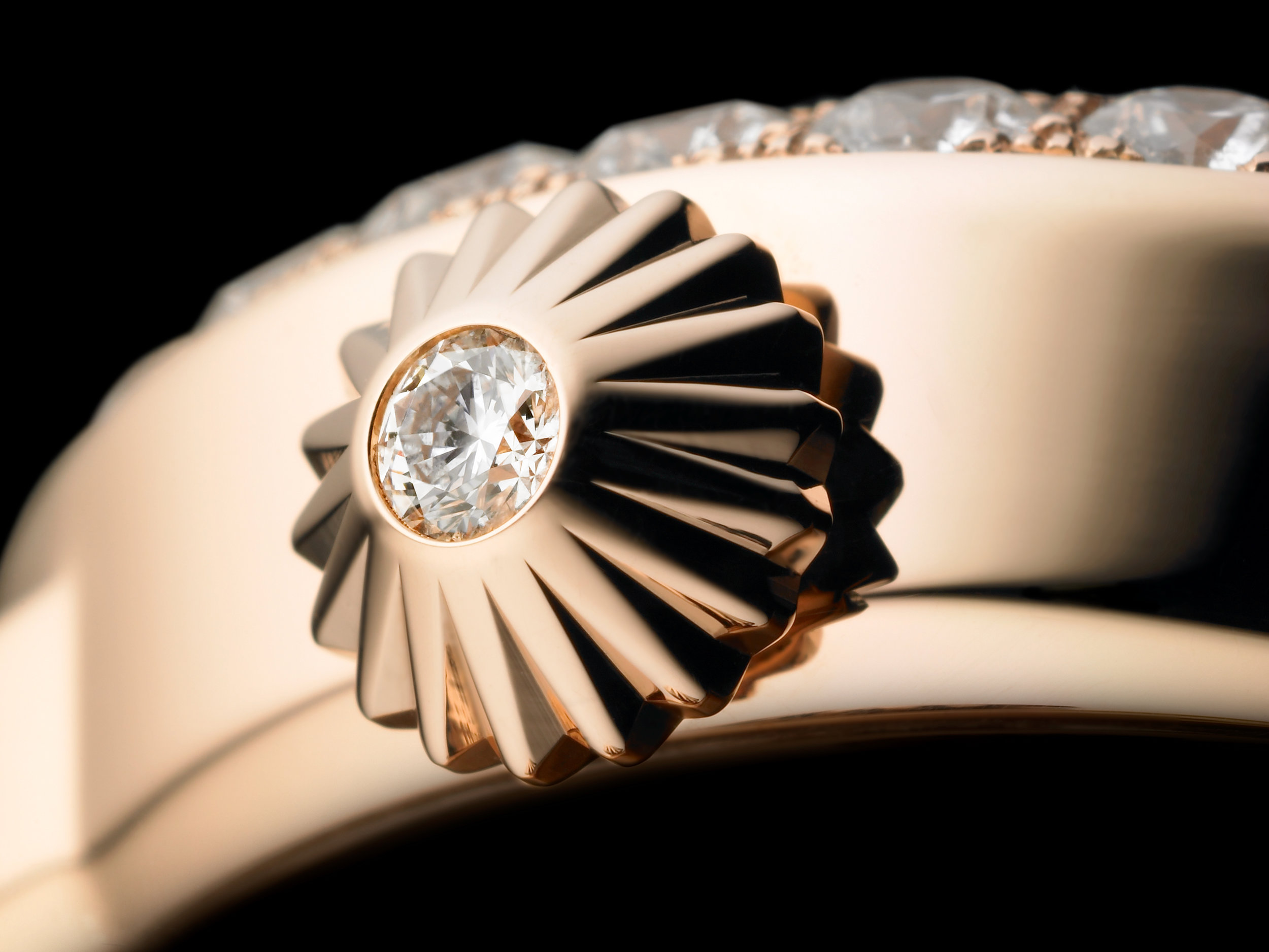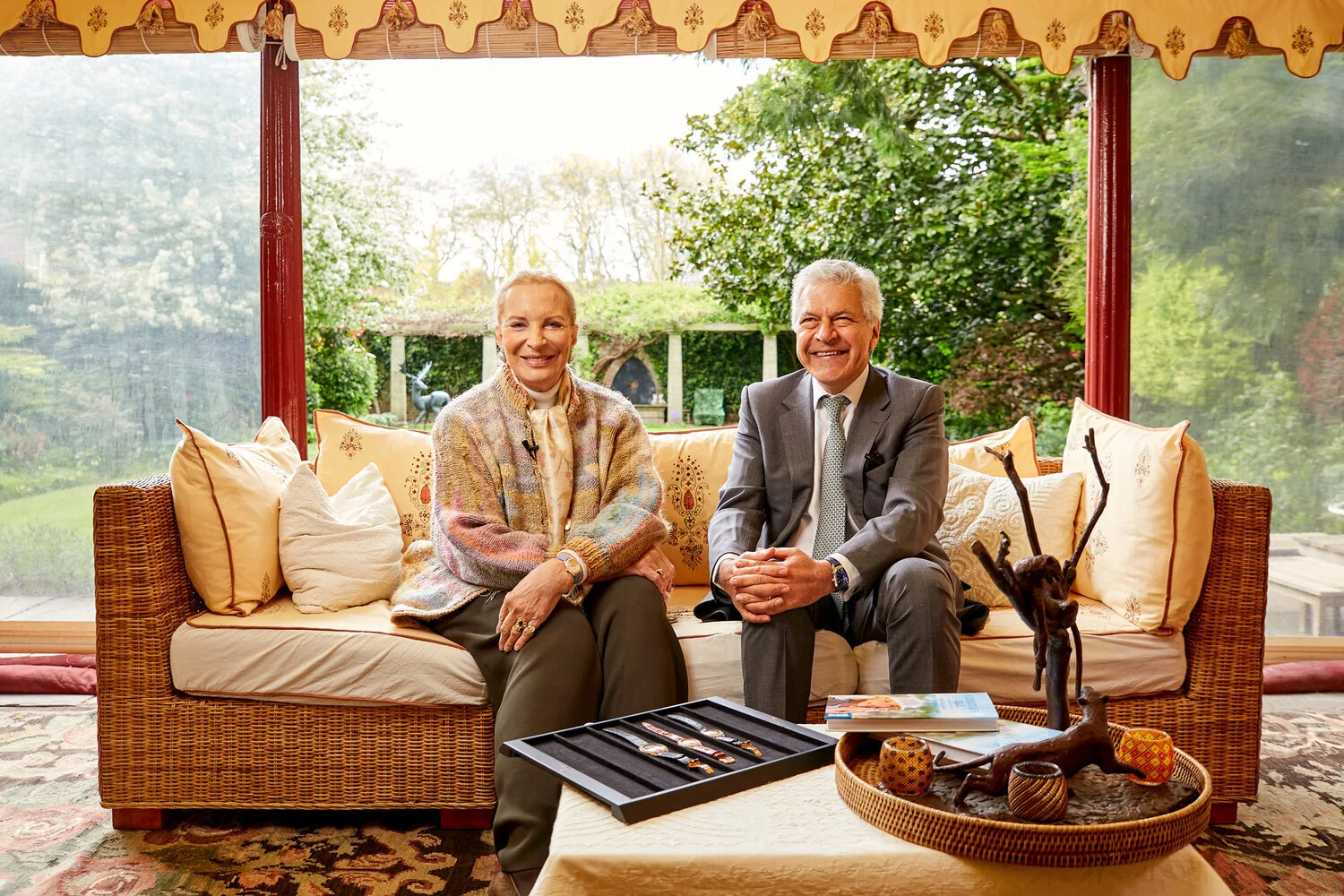Real Vs. Synthetic Diamonds

Vartkess Knadjian's Thoughts on Lab-Grown Diamonds
Last summer, De Beers – the oldest and one of the leading diamond mining companies – launched Lightbox. The fashion jewellery brand notably features lab-grown diamonds – and the new venture is fuelling the debate surrounding synthetic diamonds.
Here, we ask Vartkess Knadjian, a longtime veteran diamantaire and CEO of Backes & Strauss, to share his thoughts on man-made diamonds. To the naked eye, lab-grown diamonds look exactly the same as natural diamonds, but which are made in a lab by mimicking the process of how diamonds are formed in the earth’s core.
Not a New Phenomenon in the Diamond Industry
"Since the first day I joined the diamond business 43 years ago, the industry struggled with the idea of synthetic diamonds. My colleagues and I would sit around, wondering and worried: “What will happen to us when synthetic diamonds come in?” Back then we already felt the threat, no thanks to the likes of America’s General Electric, who was investing heavily in man-made diamonds for industrial and manufacturing use. And De Beers, even though we didn’t know it at the time, was also exploring lab-grown diamonds.
The big challenge with man-made diamonds has always been: who is going to disclose? One could be very dishonest and mix parcels of natural and synthetic diamonds together – there was no way you could tell. The temptation to mix was too high.
Can Natural and Man-Made Diamonds Co-exist?
What’s more, a lot of people in recent years have been confused about a synthetic diamond – its value, its price, etc – and the last thing we want is the consumer to be so confused that they will avoid diamonds altogether. This is why I think De Beers’ Lightbox is a very good thing for our industry. You can’t stop lab-grown diamonds – just as you can’t stop technology. But now, because of ventures like Lightbox, it’s out in the open and totally transparent. Lightbox will plainly illustrate to the consumer that with man-made diamonds, you can make as many as you want, at whatever price you want.
When it comes to natural diamonds, however, there is a finite supply; one day they will run out. They are far more difficult to access and process than synthetic diamonds, and hence that is reflected in the price. I actually believe that synthetic diamonds will make natural diamonds even more rare. Because they are.
If I were a fast-fashion brand using diamonds, I would consider man-made ones. And who knows, it’s possible that some watch companies will. We at Backes & Strauss won’t of course – as the oldest diamond company in the world we will always use natural diamonds. We check every diamond before we accept the stones – it’s all done in-house and we follow the chain very carefully. Our luxury and bespoke Swiss made watches come with the finest horological expertise, courtesy of Franck Muller's savoir-faire – and so our diamonds too will, and always will, be special and unique. "
































